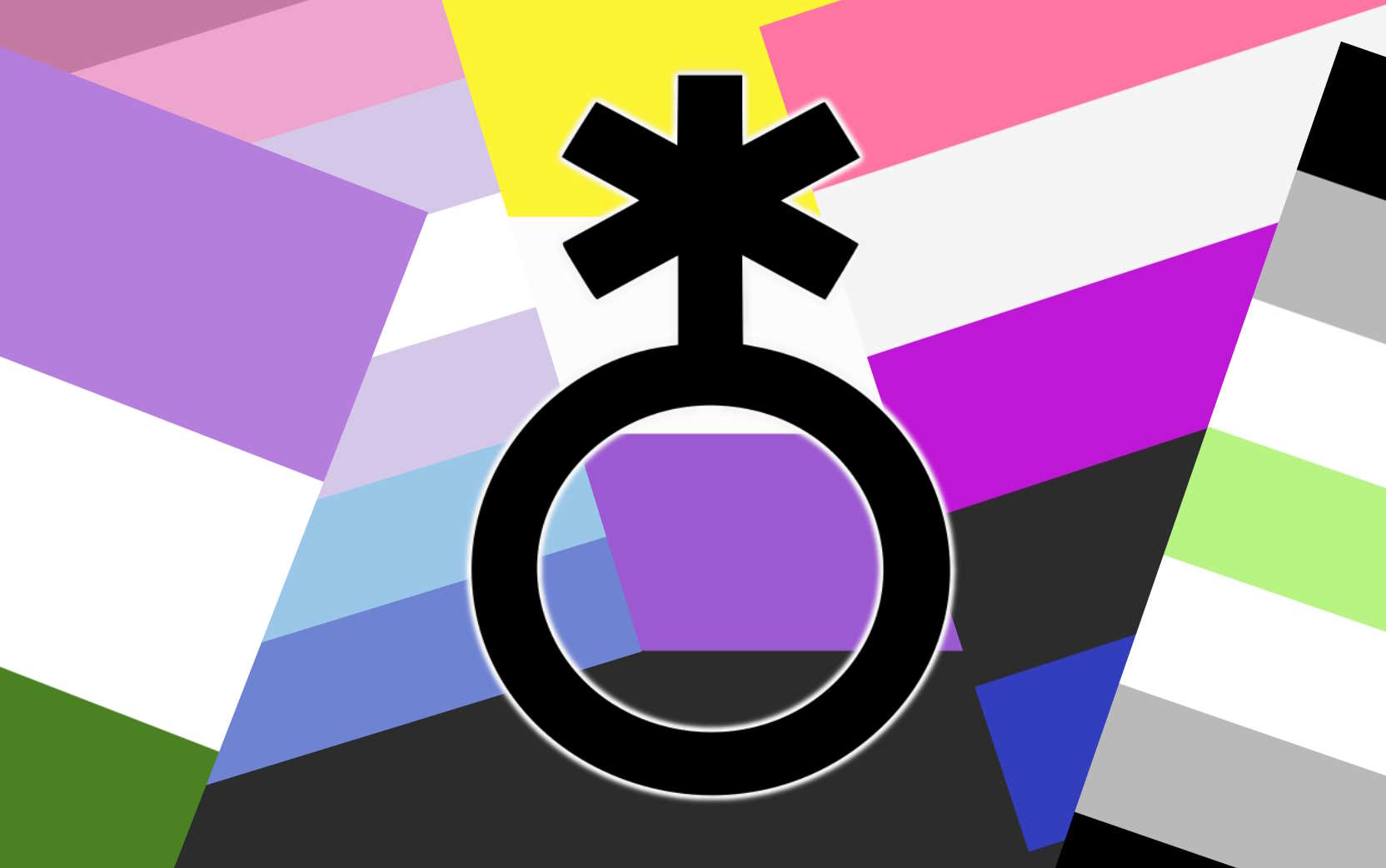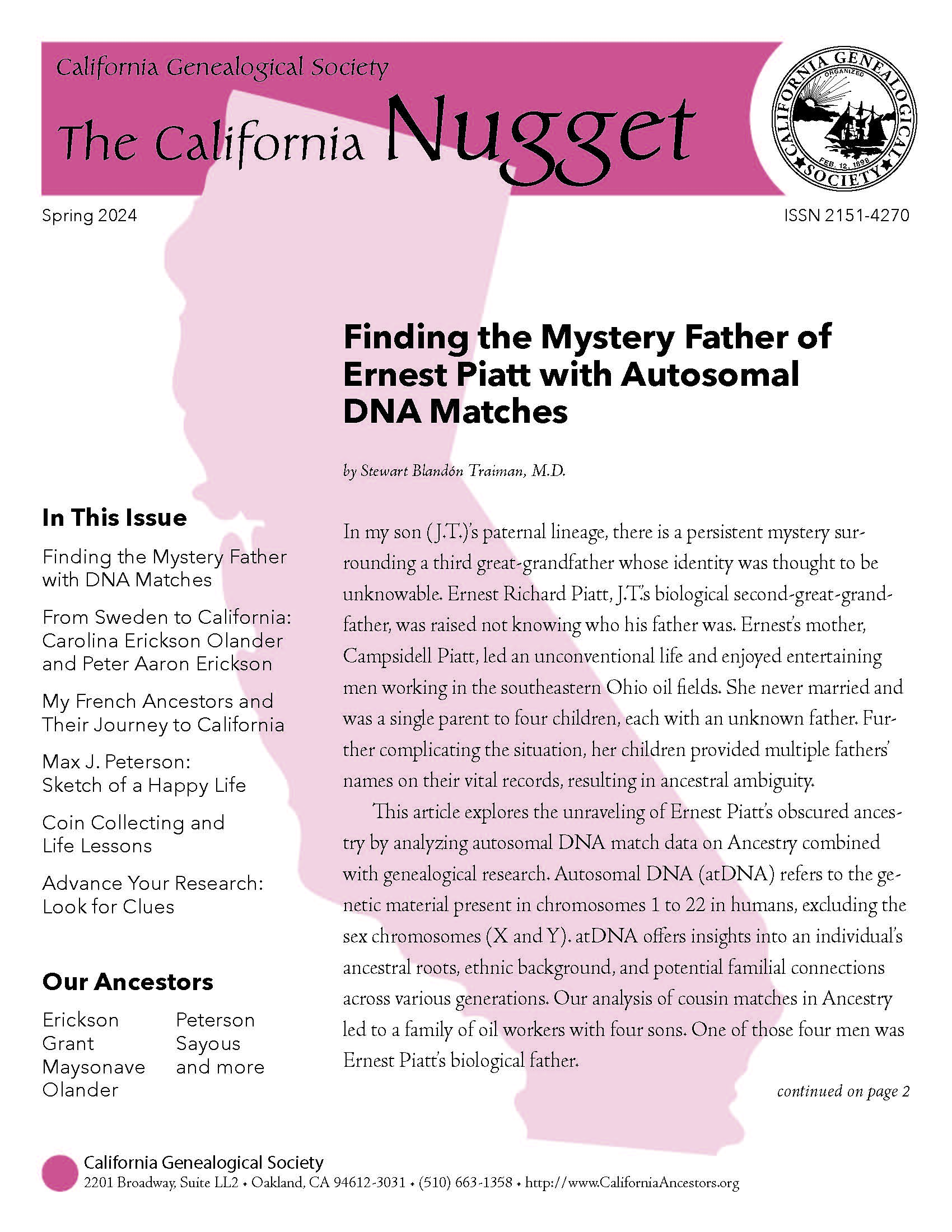Using “They” or “Them” as pronouns is the appropriate and respectful choice for non-binary individuals or anyone who identifies with these terms. I candidly admit that adapting to what my mind perceives as plural terms has been challenging. It’s not a resistance to acknowledging preferred pronouns; rather, it’s the need to rewire my thinking.
A few years ago, while introducing someone, I inadvertently referred to them as “she.” Promptly corrected, I apologized. Despite my good intentions, I slipped up again later that evening. My recidivist mistake left me feeling mortified and utterly apologetic. It’s not a lack of willingness but a subconscious challenge requiring a shift in thinking.
Automatic assignments of gender based on appearances, hairstyles, clothing, facial features, height, tone of voice, use of cosmetics, and other cues are deeply ingrained in our subconscious. The quick assessments of whether someone is a “he” or “she” are reflexive.
Blu del Barrio is known for portraying the first non-binary character in Star Trek: Discovery. The show does a good job of always using they/them pronouns when referring to Blu’s character. However, the character’s name, “Adira Tal,” doesn’t immediately sound gender-neutral to my ears. I need to make conscious efforts to counteract these ingrained perceptions.
Dismantling assumptions that automatically assign gender is where I need practice. Adding “they” to the binary “he” and “she” list in my mental lexicon is essential. Perhaps, it’s a result of age and lifelong habits. Adapting to gender-neutral pronouns seems easier for my young daughter and her friends. I need to habitually expand my recognition of someone’s sex beyond the binary.
In Genealogy Writing:
Incorporating appropriate pronouns is equally crucial in genealogical writing. Regardless of the sex assigned at birth, acknowledging and using the correct personal pronouns is essential. When writing biographies, ensure the seamless use of “he,” “she,” and “they” as needed. This may be more manageable when writing by hand than relying on genealogical software outputs.
Testing my software of choice, RootsMagic 9, revealed limitations. It only allows for Male, Female, or Unknown sex. For non-binary individuals in my tree, my only option is the “unknown” category, which is inaccurate. The narrative report substitutes the combined “he/she” pronoun for those assigned the unknown category. This is incorrect. Unknown can be used for a stillborn child whose sex was not listed on the birth or death certificates. It is inappropriate to use unknown for a non-binary person. Their sex is known, it is non-binary.
Secondly, the narrative report in RM9 substitutes the combined pronoun of “he/she” for people assigned the unknown sex category. For example, it generates sentences like this one: “He/she lived in Yonkers, NY between 1888-1902.” This sentence is unsuitable and wrong. It should read, “They lived in Yonkers…” RM9 should allow for non-binary in the sex list and use they/them pronouns in reports.
I am committed to the ongoing practice of rewiring my thought processes, and I encourage everyone to consciously embrace they/them pronouns in our thinking, speaking, and writing.
For other blogs on appropriate writing see the “Deadname” post.
Other resources:
Understanding Nonbinary People: How to Be Respectful and Supportive – National Center for Transgender Equality
10 ways to step up as an ally to non-binary people – from Stonewall
Featured Image: The non-binary gender symbol superimposed on five gender-identify flags – left to right, genderqueer, bigender, non-binary (background), genderfluid, agender.



Thanks for the ‘heads-up’. They contacted me 2 days ago and set up an appointment for this coming week. I asked the caller (Sal) to send me me an email with details ahead of our call and Sal balked. This made me suspicious, hence my searching the web for reviews…which led me to you. I’ll take the call this week and just decline.
Thanks again! Blessings to you! 🙏🏾